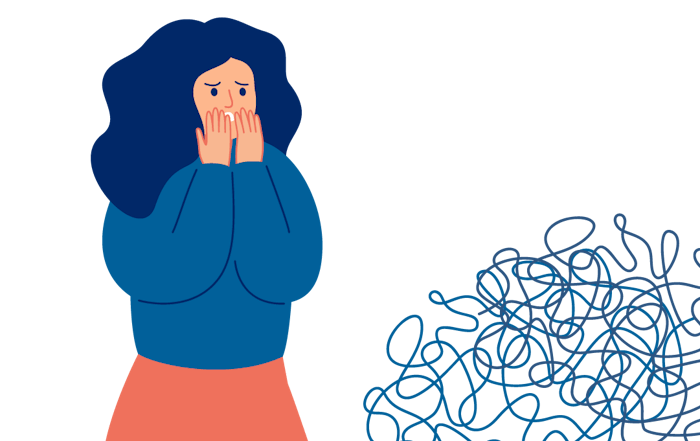Information for those organising school events
Licensed events
Secure the necessary permits in a timely manner in accordance with the provisions of Act No. 85/2007.
Good cooperation with the District Commissioner, police and other emergency responders is key to ensuring that everything goes well.
Safety plan
- Ensure adequate security at school events. A good rule of thumb is one adult for every 20-30 students.
- Parental participation in security has given good results in ensuring good fun.
- The security personnel should be well visible and located at entrances, exits and toilets, and walk around the event regularly.
- Make a safety plan for the event that includes emergency exits, shelters for students and response to emergencies.
- All personnel shall be familiar with the safety plan and know how to respond to emergencies.
Information for students and parents
Give students and parents clear information about safety rules at school events.
This can be done through posters, brochures, websites or the social media on behalf of the school and the student association.
School event shall end at midnight. Encourage students and parents to plan a safe route to and from the event.
Alcohol and other drugs
- A clear message should be sent that alcohol, and other drugs are prohibited at school events.
- School rules shall inform on penalties for violations.
- If a student under the age of 18 attends under the influence, the parents shall be called to pick up the student and the incident reported to child protection services by the school.
- Following the incident the student and parents should be directed to the school’s coordinator for prosperity services.
Measures against sexual offences and other forms of violence
- Employees shall be trained in responding to sexual offences and other forms of violence.
- Prepare a shelter where students can seek help.
- Encourage students to report if they are being harassed or abused.
- We all need to be alert to those who do not respect other people’s boundaries.
Accessibility and facilities
- The event must be accessible to everyone, including students with mobility impairments.
- Sufficient toilet facilities and drinking water shall be available.
- Toilets should be well lit and regularly cleaned.
Violation of school rules
- Clear rules shall be in force on how to respond to violations of school rules.
- If a student under the age of 18 breaks the rules; parents, child protection services and the police must be contacted as is necessary.
Responsible social media sharing
Encourage students to be responsible when sharing social media to prevent cyberbullying or the distribution of inappropriate content.
All students should have the 112-emergency app installed, and use the 112 online chat, or call 112 in case of emergencies.








